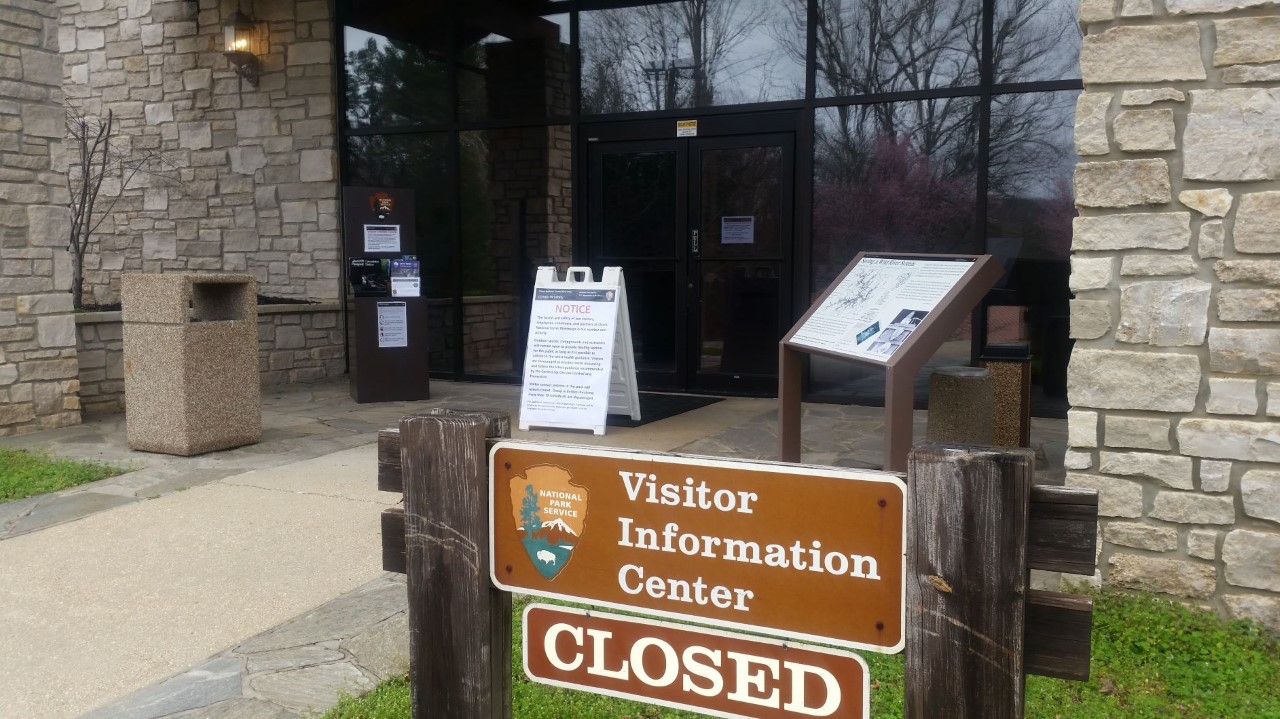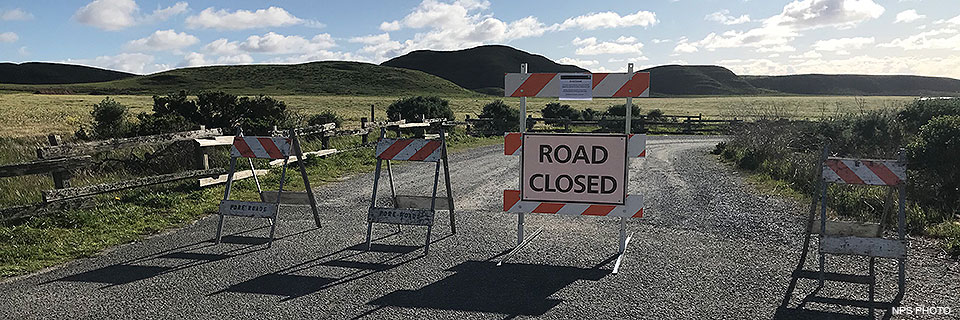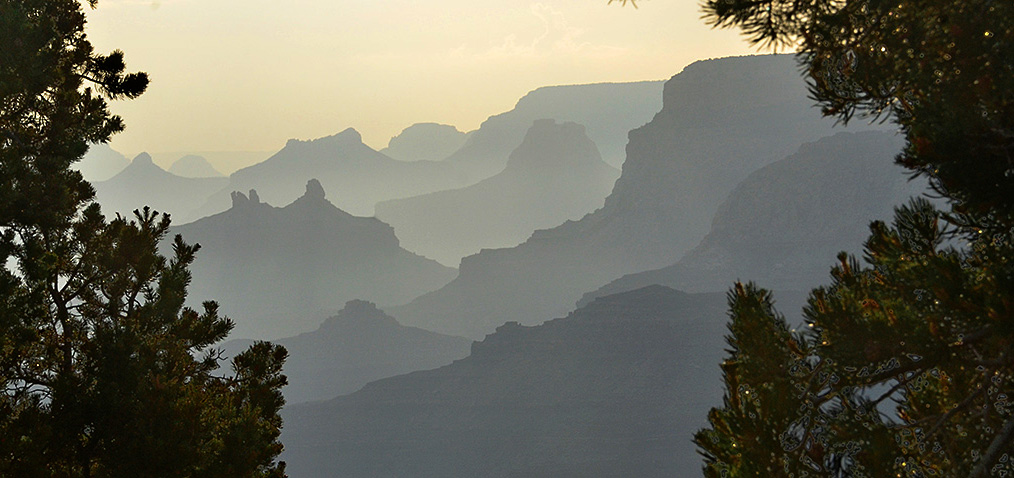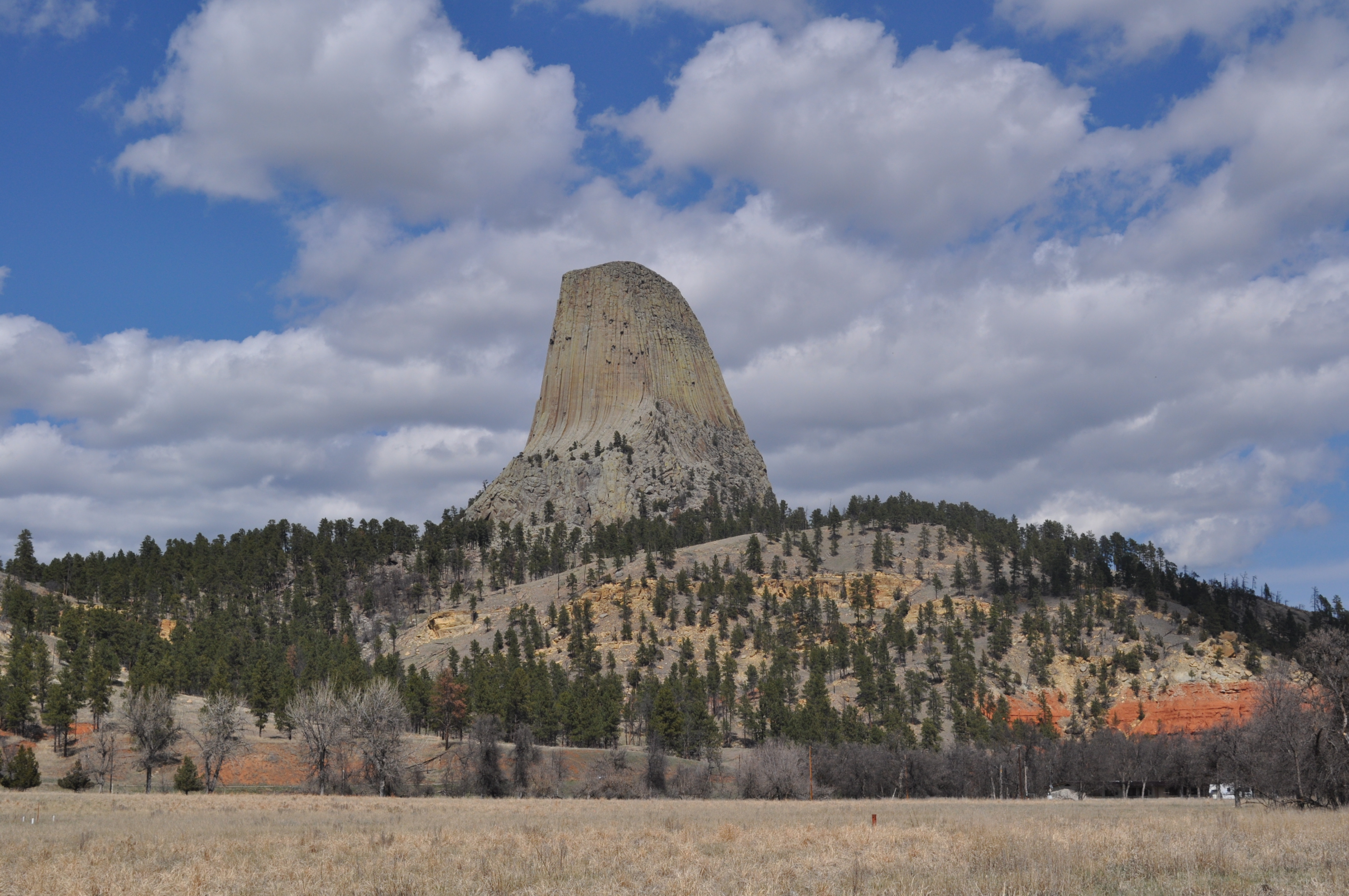National Park Closures And Coronavirus: What To Know Before Heading Out

The first blossoms of spring usually usher in national park season across America. Spring of 2020 has been anything but a typical year, however.
What is the status of our beloved national parks in light of COVID-19 precautions? Can drivers visit and what can they expect?
It’s true, the National Park Service has waived entrance fees at all national parks. Yet, not all parks and local communities offer support services needed for an enjoyable and safe visit.
“You could take off on a road trip and discover your park is closed,” said Scott Groene, executive director of the Southwest Utah Wilderness Alliance. “There may be a gate across the park entrance. and the infrastructure is rolled up. The hotels near national parks are closed. The restaurants are closed.”

Before you pack your gear and head out, check on services in and around the park. Although the park itself may be accessible, visitor centers and other buildings likely are not open.
Building closures also affect bathrooms and trash pick-up, as well as emergency services like medical clinics and rescue teams. The park may have few, if any, personnel on hand.
The crown jewels of the park system offer different levels of service. Yosemite National Park is closed to all visitors and no re-opening data has been announced. The park is located within Mariposa County, which has declared a health emergency.
Yellowstone National Park and Grand Teton National Park are also closed to visitors. Superintendents of both parks are working with local and state authorities to monitor health issues but have not announced opening dates. Meantime, crews are clearing snow in anticipation of a late spring opening.
In contrast, the south rim of Grand Canyon National Park remains open to visitors with some reduced services. None of the lodges are open. Visitors can access the park market, some campgrounds, RV hookups, cafe and clinic.

Plans for all national parks are changing daily in response to the COVID-19 crisis. A park that may have been open one day may be locked the next as superintendents monitor local health concerns, Groene said.
“It’s understandable people want to come to a national park area, but it could make matters so much worse for local health services that have minimal resources,” Groene said, referring to injured adventurers who take up precious local hospital resources.
“You could go into the backcountry, crash your bike, break an arm and end up in the emergency room.”
Small communities near national parks have voiced concerns about their ability to handle a surge in COVID-19 cases. Injured visitors may be sent off to larger metropolitan hospitals since they community are sectioning off beds in anticipation of a COVID outbreak, Groene said.
For instance, health officials at the Southeast Utah Health Department recently asked visitors to postpone travel to places such as Arches and Canyonlands National Parks.
“There is no doubt we have the opportunity right now to protect both our friends and neighbors and the public lands we love. It’s incumbent upon us all to heed the message to avoid discretionary travel,” said Josh Ewing of Utah’s Friends of Cedar Mesa in a recent web post.
The nearby town of Moabis is a jump-off point for adventure in southern Utah. Thousands of tourists pass through daily and could easily overwhelm at Moab Regional Hospital, which only offers 17 beds rooms and no intensive care units. The same is true of other small communities located near national parks, especially smaller or less popular locations.
For instance, the Petrified Forest National Park has remained open. Bathrooms are available, but the visitor center and concessions are closed. In case of emergency Whiteriver Indian Hospital offers 40 beds but is located 90 miles away.
 “The NPS is working with federal, state, and local authorities, while we as a nation respond to this public health challenge,” NPS Deputy Director David Vela recently stated. “Park superintendents are assessing their operations now to determine how best to protect the people and their parks going forward.”
“The NPS is working with federal, state, and local authorities, while we as a nation respond to this public health challenge,” NPS Deputy Director David Vela recently stated. “Park superintendents are assessing their operations now to determine how best to protect the people and their parks going forward.”
Consider the following safety tips and cautions before packing up the car and heading out for a national park adventure during the COVID-19 crises:
- Check the national park website for up-to-date information about closures and access to visitor facilities. Go to: National Park-specific information
- Bring food, extra clothing, foul weather gear and fuel. Weather is changeable, especially in mountain parks during spring, where temperatures frequently drop below freezing.
- Consider length of stay. Most parks may not offer bathroom, security and trash service. A day trip may be tenable but overnight visits present logistical problems for food, bathrooms and fuel.
- Create an emergency care plan. Medical facilities may be hours away for passengers who get ill or injured.
- Take precautions against the spread of COVID-19. The park service recommends following advice from the Center for Disease Prevention: COVID-19 Safety Recommendations
- Know where you’re going before you venture down remote roads and trails. Ask questions about the area, acquaint yourself with the terrain and bring along a GPS tracking device.
- Drivers and hikers venture into the backcountry or along side roads may encounter impassable terrain. Tioga Pass in Yosemite National Park may remain closed because of snow through early summer: Tioga Pass closure information
- Look into hotels, gas stations and other support services near the park you are visiting. News on parks changes frequently as the COVID-19 cases spread. There a good chance facilities may have closed between the time you make your plans and the time you head out in your car.
- Practice good National Park Service park etiquette by following its guidelines for low-impact visits. Among other items NPS asks visitors to pack out what they bring in, leave the environment unaltered and take a photo rather than a keepsake from the area. For all seven principles go to: Leave No Trace Seven Principles
“We just need to all work together and get through this,” Groene said. “Remember, all of the National Parks and recreation areas will still be there after any postponement of your road trip.”
Article by Jay Alling, editor of Sensible Driver. Write to jay@sensibledriver.com.